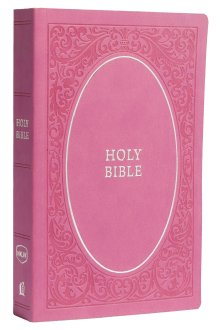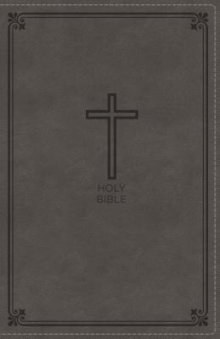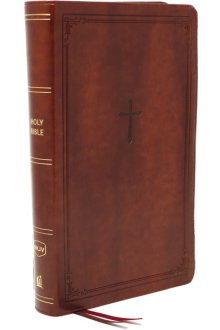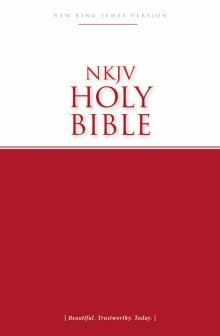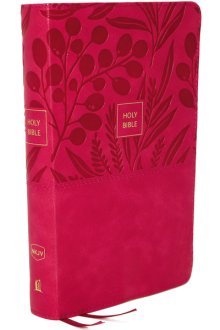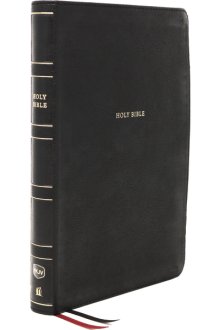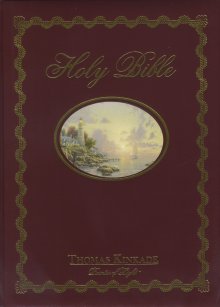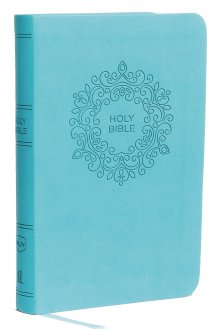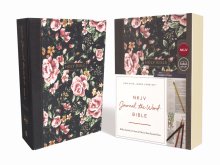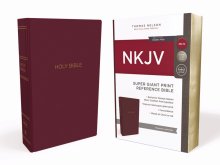ESV vs. NKJV: A Guide to Modern Literal Translations
The Editor
For readers who want a Bible that stays as close as possible to the original Hebrew and Greek, the choice often comes down to two outstanding modern translations: the English Standard Version (ESV) and the New King James Version (NKJV).
Both are "word-for-word" translations, prized for their accuracy and precision. But they come from slightly different traditions and result in a different reading experience. One modernises the language of the most classic English Bible, while the other provides a fresh, scholarly rendering based on the latest textual research.
Which of these trusted, literal translations is the right one for your in-depth study? This guide will compare the ESV and the NKJV to help you make a confident choice.
The main difference between the ESV and the NKJV lies in their source texts and style: both are literal translations, but the NKJV updates the traditional language of the KJV while using the same Textus Receptus manuscript, whereas the ESV uses modern scholarly manuscripts for its base, resulting in some textual differences.
At a Glance: Key Differences

The ESV: Modern Precision
The English Standard Version (ESV) was created to be a fresh "word-for-word" translation for the 21st century. It is highly respected in academic and pastoral circles for its accuracy, clarity, and literary excellence. Because it is based on the same modern scholarly manuscripts as most other contemporary translations (like the NIV), it is very easy to compare with them for study purposes.
You should choose an ESV Bible if:
- You want a literal translation that reflects the latest biblical scholarship.
- You are a pastor, teacher, or student who needs a precise text for deep study.
- You appreciate a translation that is both accurate and has a clear, elegant literary style.
Our Top Recommendation for an ESV Bible:
Widely considered one of the most comprehensive study Bibles available, offering extensive, scholarly notes, articles, and maps for serious study of the trusted ESV text. Shop Now
The NKJV: Traditional and Faithful
The New King James Version (NKJV) was created with a deep respect for the original KJV. The goal was not to create a new translation from scratch, but to update the vocabulary and grammar of the beloved 1611 version for modern readers. It removes the archaic "thee"s and "thou"s but carefully preserves the classic sentence structure and literary cadence of the original. Crucially, it uses the same underlying Greek texts (Textus Receptus) as the KJV, which is a key reason many readers who trust that manuscript tradition choose the NKJV.
You should choose an NKJV Bible if:
- You love the style and textual tradition of the King James Version but find the old English difficult.
- You want a literal translation that feels familiar and traditional.
- You are looking for a bridge between the historic KJV and modern language.
Our Top Recommendation for an NKJV Bible:
A popular choice that combines the traditional NKJV text with study features and insights from a charismatic/Pentecostal perspective, helping you experience God's Word in a new way. Shop Now
Making Your Choice: A Matter of Tradition and Text
Choosing between the ESV and NKJV often comes down to your preference for the underlying source texts and reading style.
- For a modern, scholarly, literal translation, choose the ESV.
- For a modernised version of the classic KJV tradition, choose the NKJV.
Both are excellent, trustworthy translations that are perfect for serious study. They honour God's Word with their commitment to accuracy and will serve you well as you seek to understand Scripture more deeply.
Our Bible Finder tool can help you find the perfect Bible with a personal recommendation.
Still not sure which Bible is right for you? You can learn more in our complete, free 97-page ebook, 'How to Choose Your Bible'.
Latest Blogs

Advent
Gemma Simmonds & The Importance of Advent | Author Interview
We speak to Gemma Simmonds about her new Advent devotional 'Donkey Roads and Camel Treks' and why Advent is such an important season for the Christian journey.

Best Bibles
The Best Bibles of 2025
Discover our picks for the very best Bibles of 2025. We select the best Study Bible, Journaling Bible, Children's Bible and more released in 2025.

Bibles
The Best-Selling Bible Translations of 2025
Find out the best-selling Bible translations for 2025 in the UK. We break down the popularity of NIV, KJV, ESV, and others, helping you choose your next Bible + Get your Free 97-page Bible Buying Guide

Bible
How to Choose the Right Bible Translation
NIV vs. NLT vs. ESV vs. KJV vs. NKJV: What's the difference? Our simple guide explains each bestselling Bible translation to help you choose the right one.

Study Bible
Are Study Bibles Good for Beginners? (And Which One Should You Choose?)
Wondering if a Study Bible is too advanced? We explain why it's actually the best tool for beginners and review the top 3 choices (NIV, NLT & ESV) to help you start.

Bibles
The NLT Bible: Is It Accurate? Your Top Questions Answered (2025)
Is the NLT accurate? Is it a paraphrase? We answer the top 10 questions about the New Living Translation Bible to help you choose with confidence + Get your Free 97-page Bible Buying Guide


